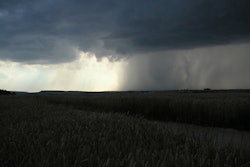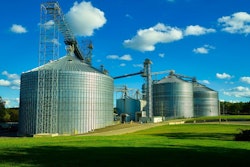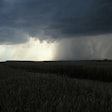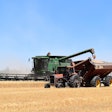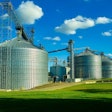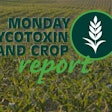
This week's headlines forNeogen'sMonday Mycotoxin & Crop Report for July 24:
- Excessive rainfall in the Northeast
- Dry conditions prevail in the West
- Corn crop improves
Weather and harvest updates
The USDA’s July 18 bulletin reports excessive rainfall occurring in parts of the central and eastern U.S. and causing flash flooding in the Northeast.
Hot and dry conditions continued to impact the West coast as well as the southern U.S. including many parts of Texas and the Gulf coast region.
Extreme heat from the Southwest and into Texas rose into the triple digits with temperatures reaching 120 degrees in several desert sites.
In contrast, parts of the upper Midwest saw cooler than average temperatures during the same period with averages from 5 to 10 degrees below normal.
Overall, the nation’s corn crop condition improved 2% during this period.
- Wheat harvest continues as crop maturity advances.
- Winter wheat harvest is 56% complete, 13 points behind the five-year average.
- 86% of spring wheat acres are headed, 3 points above the five-year average. 51% are in good to excellent condition, 20 points behind last year.
- Barley is 75% headed, 8 points behind the five-year average. 52% of barley is in good to excellent condition, 7 points behind last year.
- Oat acres are 92% headed, 1 point above the five-year average.
- Corn development is highly variable within some fields.
- 47% of corn is silking, 4 points above the five-year average. Nationally, 57% of corn is in good to excellent condition, 7 points behind last year.
Here are the states with the highest good to excellent ratings, as well as the states with the highest poor to very poor ratings.
Good to excellent: CO, NC, TN
Poor to very poor: IL, IN, KS, KY, MI, MO, NE, TX, WI






